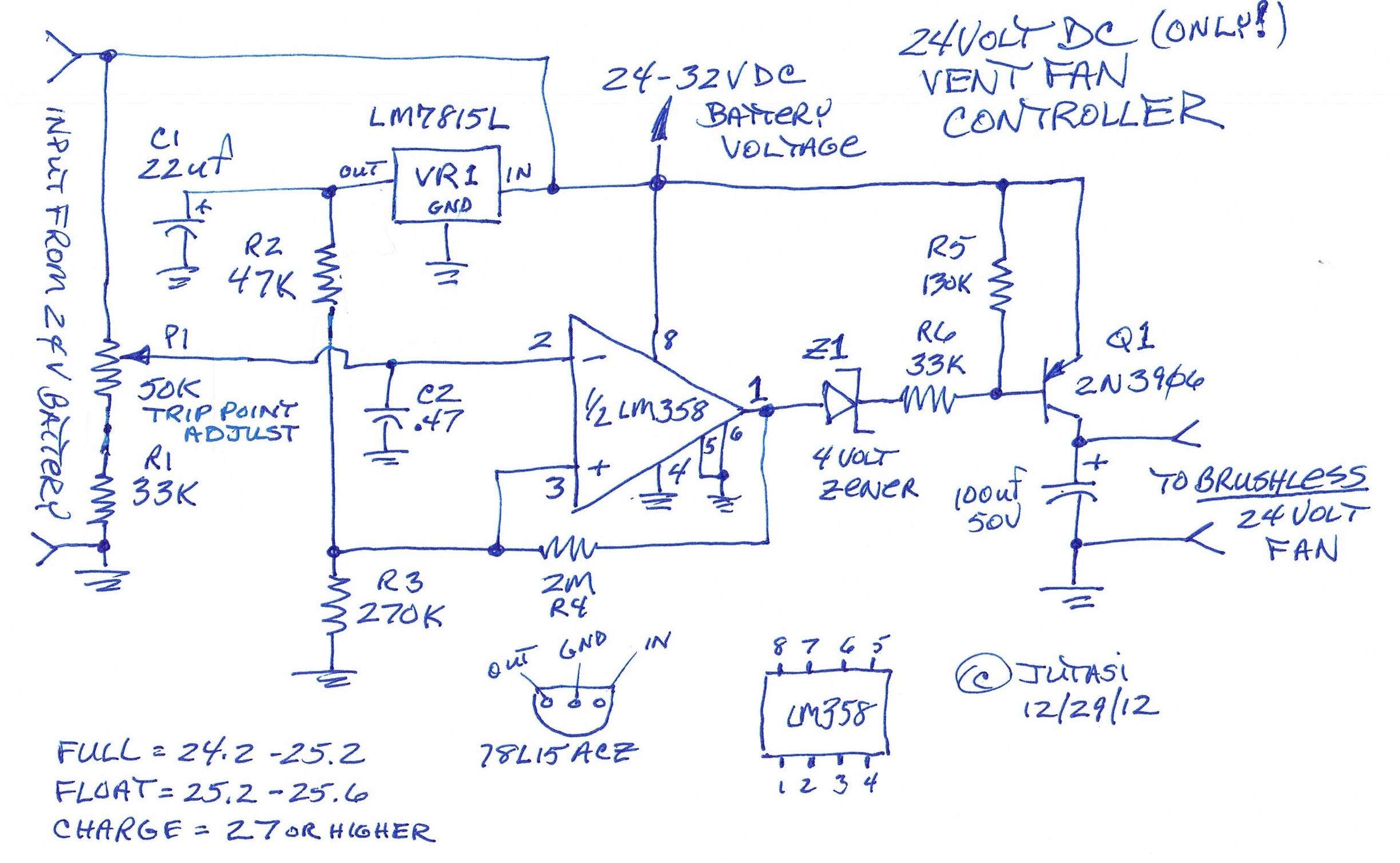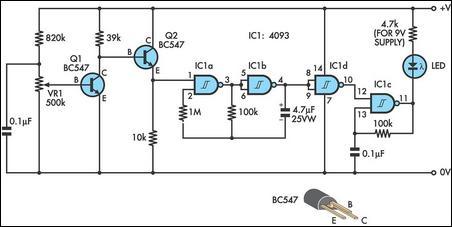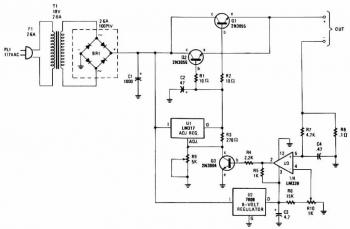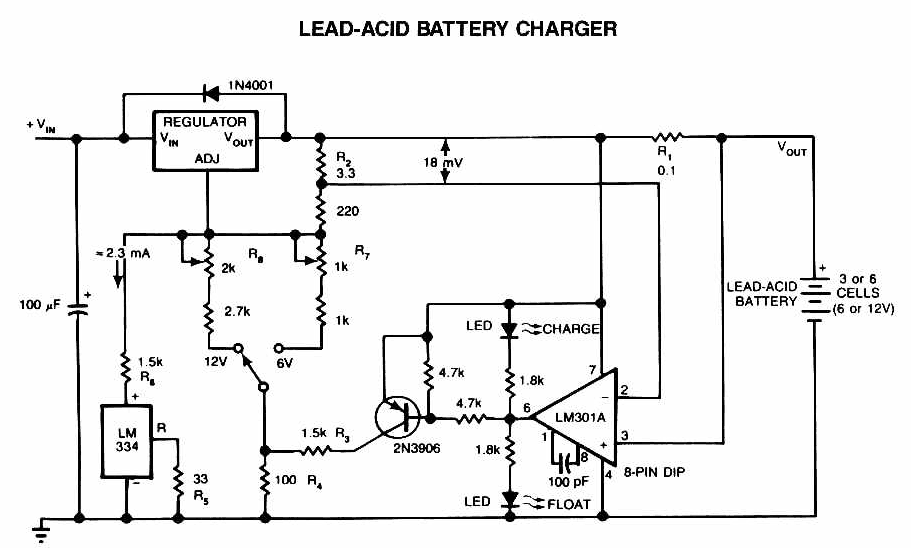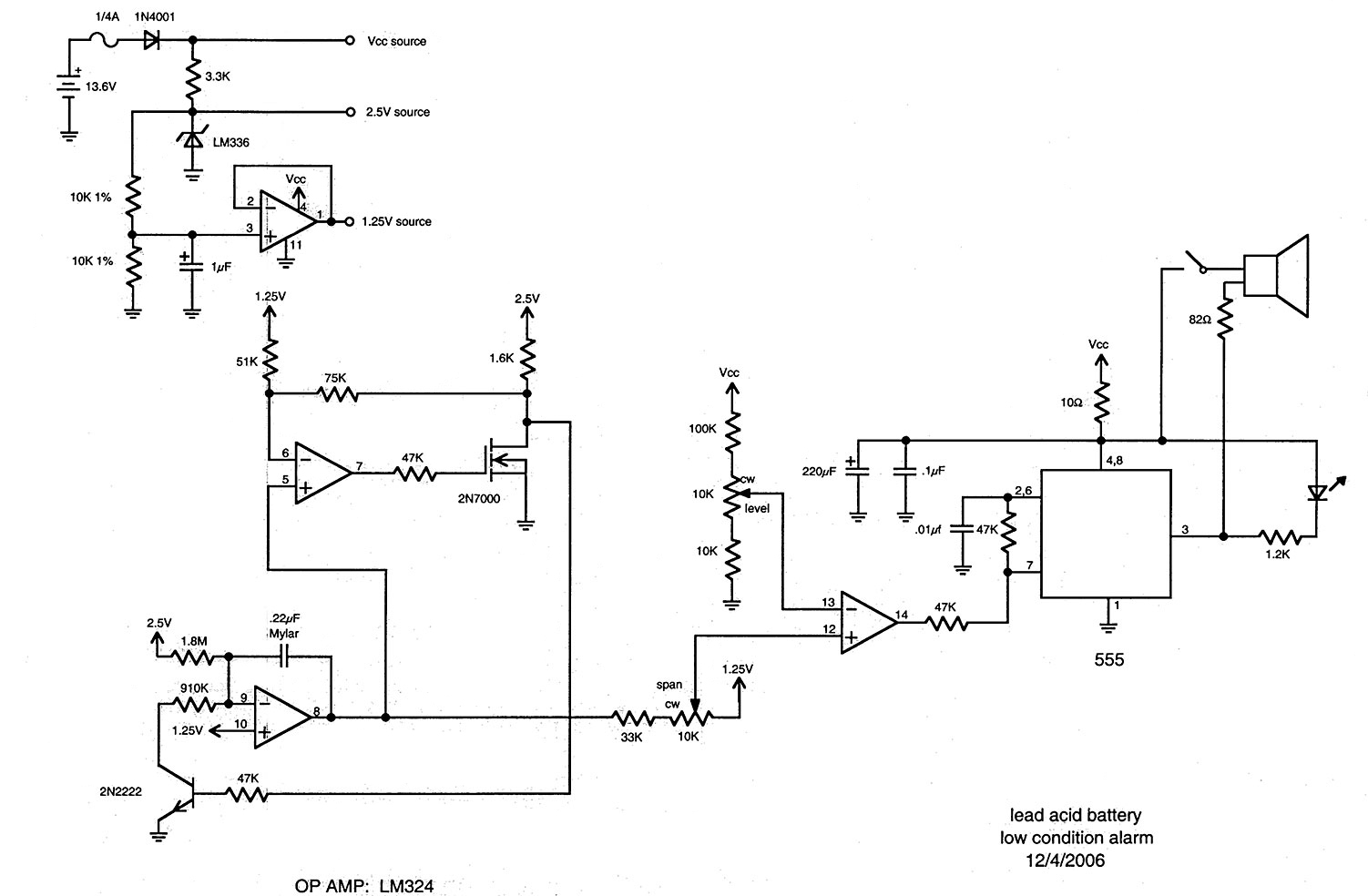
Battery Current Sensor
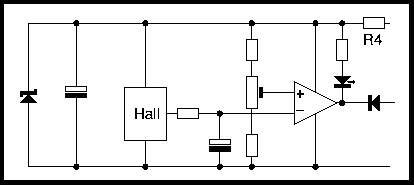
These controllers have an inhibit input and the effect of shorting this down to ground is to turn down the internal demand speed. So with the battery current limiter fitted, the internal demand speed can only ramp up to a value which engages the limit. Some enthusiasts of electrically assisted cycles believe constant power acceleration is the ideal response. Although personally I am not convinced that constant power acceleration is the ideal, limiting the battery current gives constant power acceleration whenever the limit is engaged. More: Controllers are very nearly 100% efficient, motors rather less. So there is an inaccuracy due to motor losses. However, ignoring these, all the power taken from the battery is delivered to the motor. For a particular system, the battery voltage is essentially constant, so limiting the battery current drain during acceleration forces the system to take a constant power from the battery, and thus to deliver a constant power to the motor. Certainly there is no simpler way of incorporating a constant power throttle system!
The described controllers feature an inhibit input that plays a critical role in managing the internal demand speed of the system. When the inhibit input is shorted to ground, it effectively reduces the internal demand speed, which is essential for systems that require precise control over power delivery. This is particularly relevant in applications involving electrically assisted bicycles, where maintaining a consistent power output during acceleration is desired.
The integration of a battery current limiter is a key characteristic of these controllers. This component ensures that the internal demand speed cannot exceed a predetermined threshold, thus engaging the current limit during operation. The result is a system that can provide constant power acceleration, which some users prefer for its smooth performance characteristics. While opinions may vary regarding the ideal form of acceleration, the ability to limit battery current while delivering consistent power to the motor simplifies the design of a throttle system.
In terms of efficiency, these controllers are nearly 100% efficient, which means that almost all power drawn from the battery is utilized by the motor. However, it is important to acknowledge that motor losses do occur, leading to some discrepancies in performance. Despite these losses, the system is designed to maintain a nearly constant battery voltage, which allows for effective management of power delivery. By limiting the battery current during periods of acceleration, the system ensures that power drawn from the battery remains constant, thereby facilitating a steady power output to the motor.
Overall, the design and functionality of these controllers provide a straightforward approach to achieving constant power throttle systems, making them a valuable component in the realm of electrically assisted cycles and similar applications. The combination of inhibit inputs, current limiting features, and high efficiency underscores the importance of precise power management in modern electronic control systems.These controllers have an inhibit input and the effect of shorting this down to ground is to turn down the internal demand speed. So with the battery current limiter fitted, the internal demand speed can only ramp up to a value which engages the limit.
Some enthusiasts of electrically assisted cycles believe constant power acceleration is the ideal response. Although personally I am not convinced that constant power acceleration is the ideal, limiting the battery current gives constant power acceleration whenever the limit is engaged.
Controllers are very nearly 100% efficient, motors rather less. So there is an inaccuracy due to motor losses. However, ignoring these, all the power taken from the battery is delivered to the motor. For a particular system, the battery voltage is essentially constant, so limiting the battery current drain during acceleration forces the system to take a constant power from the battery, and thus to deliver a constant power to the motor. Certainly there is no simpler way of incorporating a constant power throttle system! 🔗 External reference
The described controllers feature an inhibit input that plays a critical role in managing the internal demand speed of the system. When the inhibit input is shorted to ground, it effectively reduces the internal demand speed, which is essential for systems that require precise control over power delivery. This is particularly relevant in applications involving electrically assisted bicycles, where maintaining a consistent power output during acceleration is desired.
The integration of a battery current limiter is a key characteristic of these controllers. This component ensures that the internal demand speed cannot exceed a predetermined threshold, thus engaging the current limit during operation. The result is a system that can provide constant power acceleration, which some users prefer for its smooth performance characteristics. While opinions may vary regarding the ideal form of acceleration, the ability to limit battery current while delivering consistent power to the motor simplifies the design of a throttle system.
In terms of efficiency, these controllers are nearly 100% efficient, which means that almost all power drawn from the battery is utilized by the motor. However, it is important to acknowledge that motor losses do occur, leading to some discrepancies in performance. Despite these losses, the system is designed to maintain a nearly constant battery voltage, which allows for effective management of power delivery. By limiting the battery current during periods of acceleration, the system ensures that power drawn from the battery remains constant, thereby facilitating a steady power output to the motor.
Overall, the design and functionality of these controllers provide a straightforward approach to achieving constant power throttle systems, making them a valuable component in the realm of electrically assisted cycles and similar applications. The combination of inhibit inputs, current limiting features, and high efficiency underscores the importance of precise power management in modern electronic control systems.These controllers have an inhibit input and the effect of shorting this down to ground is to turn down the internal demand speed. So with the battery current limiter fitted, the internal demand speed can only ramp up to a value which engages the limit.
Some enthusiasts of electrically assisted cycles believe constant power acceleration is the ideal response. Although personally I am not convinced that constant power acceleration is the ideal, limiting the battery current gives constant power acceleration whenever the limit is engaged.
Controllers are very nearly 100% efficient, motors rather less. So there is an inaccuracy due to motor losses. However, ignoring these, all the power taken from the battery is delivered to the motor. For a particular system, the battery voltage is essentially constant, so limiting the battery current drain during acceleration forces the system to take a constant power from the battery, and thus to deliver a constant power to the motor. Certainly there is no simpler way of incorporating a constant power throttle system! 🔗 External reference
